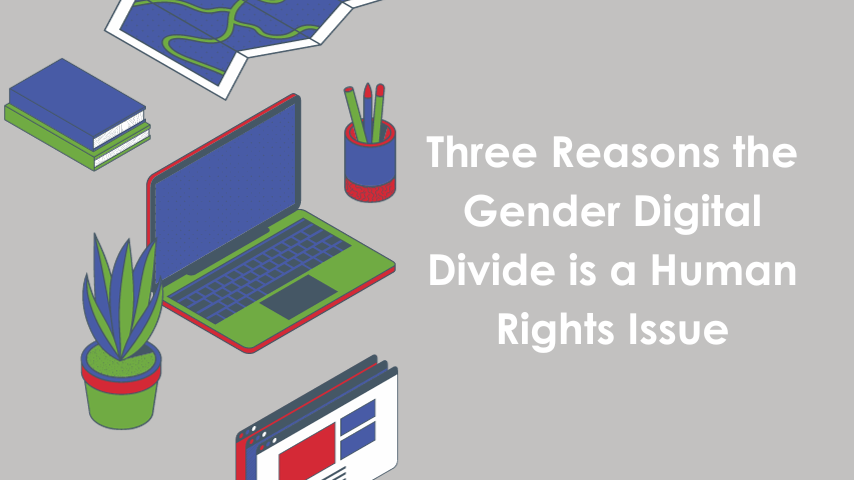This week, Dane Groeneveld, CEO of the HUDDL3 Group, sat down with Mea Thompson, CCO of The Unconnected. The Unconnected focuses on increasing internet access for vulnerable populations, particularly for places of learning, refugees, women, and overlooked communities.

Mea expressed that her “heart question is to connect women. We try to run projects to make sure that the digital gender gap is closing.” Their conversation left me wanting to know more, and as I read, I discovered:
The Gender Digital Divide is a Human Rights Issue

Mea highlighted that roughly 3.2 billion people are “unconnected,” which she defines as people who “haven’t had connectivity at all for a set amount of time.” Compared to men, women are disproportionally “unconnected,” a phenomenon known as the “gender digital divide (Unicef 2021).”
Key Figures for the Gender Digital Divide (Unicef 2021):
- 50% of the world’s women are offline
- In developing countries, only 41% of women have access to the internet compared to 53% of men
- Women are more likely to borrow or share phones compared to men
- Women are 8% less likely to own a phone compared to men and 20% less likely to own a smartphone
- These differences are starker in some regions; for example, in South Asia, women are 23% less likely to own a phone compared to men
The implications of this are:
1) Digital literacy is increasingly linked to employability and is associated with higher income potential and evolving economic opportunities (Unicef 2021). Currently, 90% of jobs require a digital component. Thus, women are less likely to have and understand how to use the necessary tools for economic advancement.
2) As we saw during the pandemic, educational opportunities are increasingly online. Without access to the internet, women are barred from accessing these opportunities for themselves and their children (OECD 2018).
3) Healthcare is often provided through telehealth and telemedicine (Donback 2022). The internet is also where women can access healthcare-related information, such as pregnancy information (OECD 2018). When women don’t have access to the internet, their opportunities to access healthcare and health-related information diminish.
Thus, increasing women’s access to the internet is a human rights issue as it impacts their access to economic vitality, education, healthcare, and health-related information.

At HUDDL3, we challenge our employees monthly to complete a wellness task in exchange for a gift card. This month, we have challenged our employees to complete the Unconnected’s #Unconnect24 challenge – and we want to challenge you and your company to do it too!
To complete the challenge:
1) Select a day where the company should have a digital detox for 24 hours
2) Donate to the Unconnected for every employee pledging to disconnect
3) Enjoy a digital detox together and, at the same time, connect people that need the connectivity
4) Share your experience on social media with the #unconnect24 hashtag
HUDDL3 is donating $10 per employee who completes this challenge, and we encourage you and your company to do it too!
References
1. Donback, Natalie. 2022. “Q&A: How the digital divide and cyber violence impact women.” Available at: https://www.devex.com/news/q-a-how-the-digital-divide-and-cyber-violence-impact-women-102853.
2. OECD. 2018. “Bridging the Digital Gender Divide: Include, Upskill, Innovate.” Available at: https://www.oecd.org/digital/bridging-the-digital-gender-divide.pdf.
3. Unicef. 2021. “What we know about the gender digital divide for girls: A literature review.” Available at: https://www.unicef.org/eap/media/8311/file/What%20we%20know%20about%20the%20gender%20digital%20divide%20for%20girls:%20A%20literature%20review.pdf.

